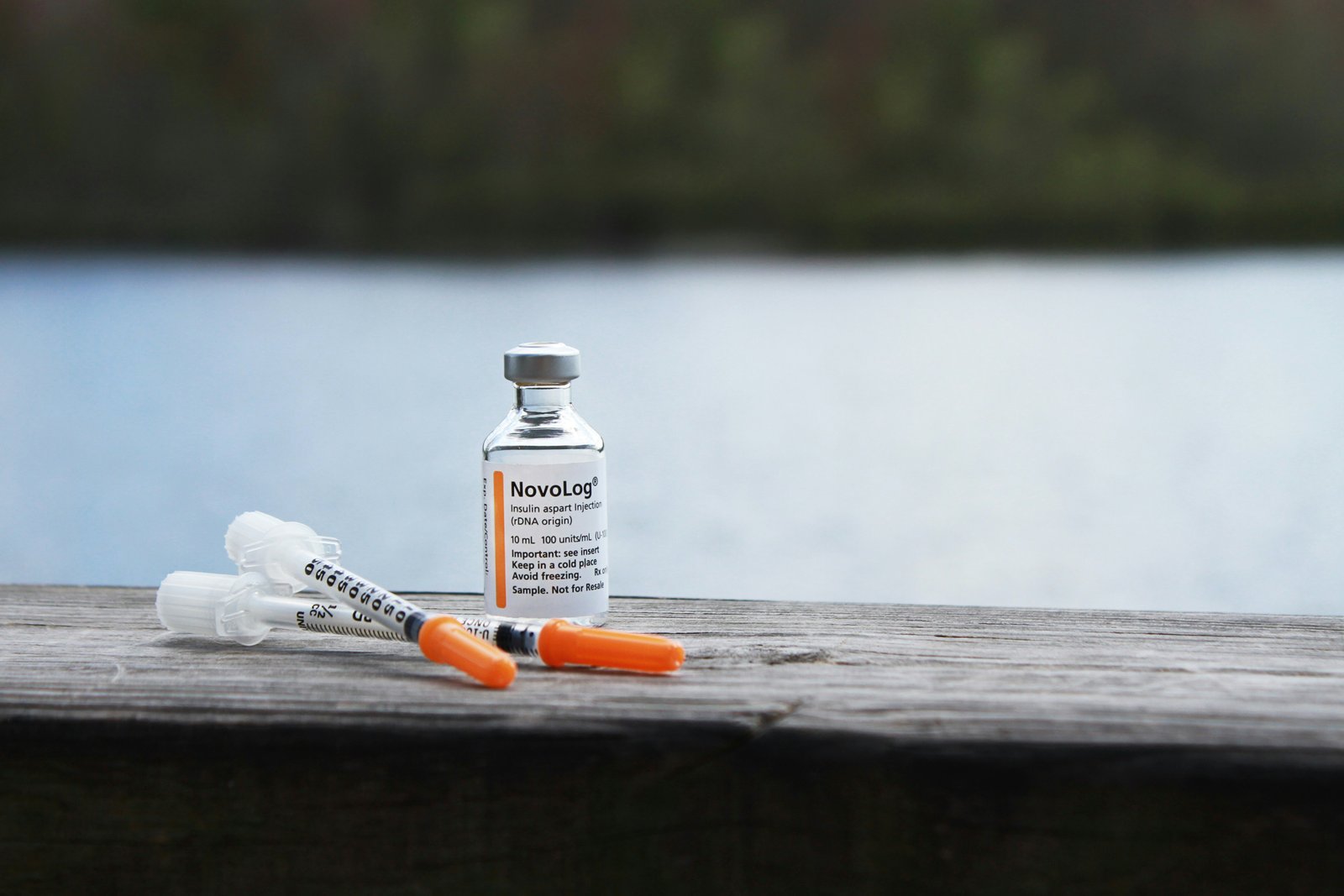Introduction
Zoonotic diseases, also known as zoonoses, are infectious diseases that can be transmitted between animals and humans. These diseases have been a cause of concern for centuries, and understanding their origins and prevention strategies is crucial for safeguarding public health.
Origins of Zoonotic Diseases
Zoonotic diseases can originate from various sources, including domesticated animals, wildlife, and even insects. One of the most well-known examples is the transmission of diseases from livestock such as pigs, chickens, and cows. Influenza viruses, including the H1N1 strain, have been known to jump from pigs to humans, causing widespread outbreaks.
Wildlife is another significant source of zoonotic diseases. Bats, for instance, are natural reservoirs for various viruses, including the Ebola and Nipah viruses. When humans come into contact with bat droppings or saliva, they can become infected. Similarly, mosquitoes can transmit diseases such as dengue fever and malaria from animals to humans.
Human activities, such as deforestation and urbanization, can also contribute to the emergence of zoonotic diseases. As we encroach upon natural habitats, we increase the likelihood of coming into contact with animals carrying infectious agents. This close proximity creates opportunities for the transmission of diseases.
Prevention Strategies
Preventing zoonotic diseases requires a multi-faceted approach involving both animal and human health. Here are some key prevention strategies:
Vaccination
Vaccinating animals against known zoonotic diseases is essential for preventing their transmission to humans. This approach has been successful in controlling diseases such as rabies, which can be transmitted from infected animals to humans through bites or scratches. By vaccinating domesticated animals, we can create a barrier that prevents the spread of the disease.
Improved Hygiene Practices
Practicing good hygiene is crucial in reducing the risk of zoonotic disease transmission. Simple measures such as washing hands thoroughly with soap and water after handling animals or their waste can make a significant difference. Additionally, maintaining clean living environments for animals, especially those in close proximity to humans, can help prevent the spread of diseases.
Surveillance and Early Detection
Early detection of zoonotic diseases is vital to prevent their further spread. Establishing surveillance systems to monitor animal and human populations for signs of disease outbreaks can help identify potential threats before they escalate. Timely reporting and collaboration between veterinary and public health authorities are essential in containing and managing zoonotic diseases.
Educating and Raising Awareness
Education plays a crucial role in preventing zoonotic diseases. By raising awareness about the risks associated with certain animals and their behaviors, people can take necessary precautions to protect themselves and their communities. This includes understanding the importance of proper waste management, avoiding contact with wild or stray animals, and seeking medical attention if symptoms of a zoonotic disease arise.
One Health Approach
The One Health approach recognizes the interconnectedness of animal, human, and environmental health. By promoting collaboration between various sectors, such as veterinary medicine, human medicine, and environmental science, we can better understand and address the complex factors contributing to zoonotic disease emergence. This holistic approach is crucial for effective prevention and control strategies.
Conclusion
Zoonotic diseases pose a significant threat to public health, and understanding their origins and prevention strategies is paramount. By recognizing the sources of these diseases and implementing comprehensive prevention measures, we can reduce the risk of transmission and protect both animal and human populations. Through vaccination, improved hygiene practices, surveillance, education, and the One Health approach, we can work towards a safer and healthier future for all.




